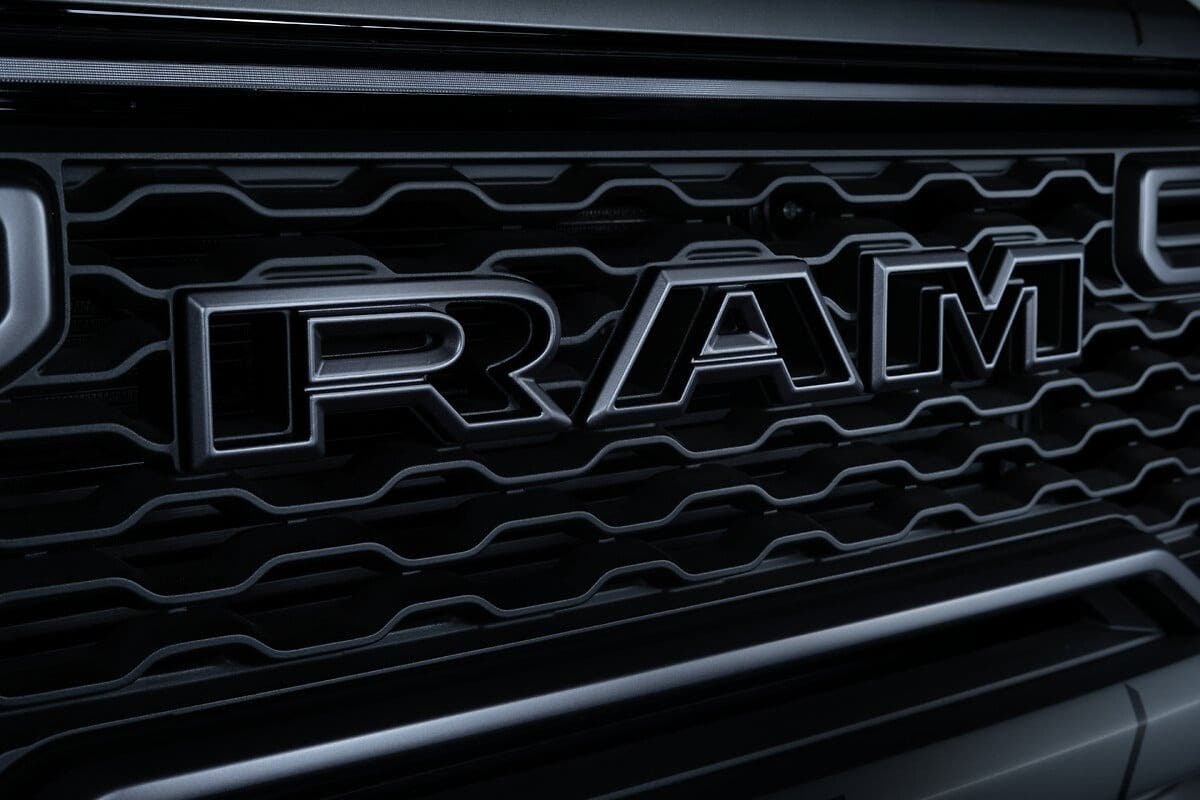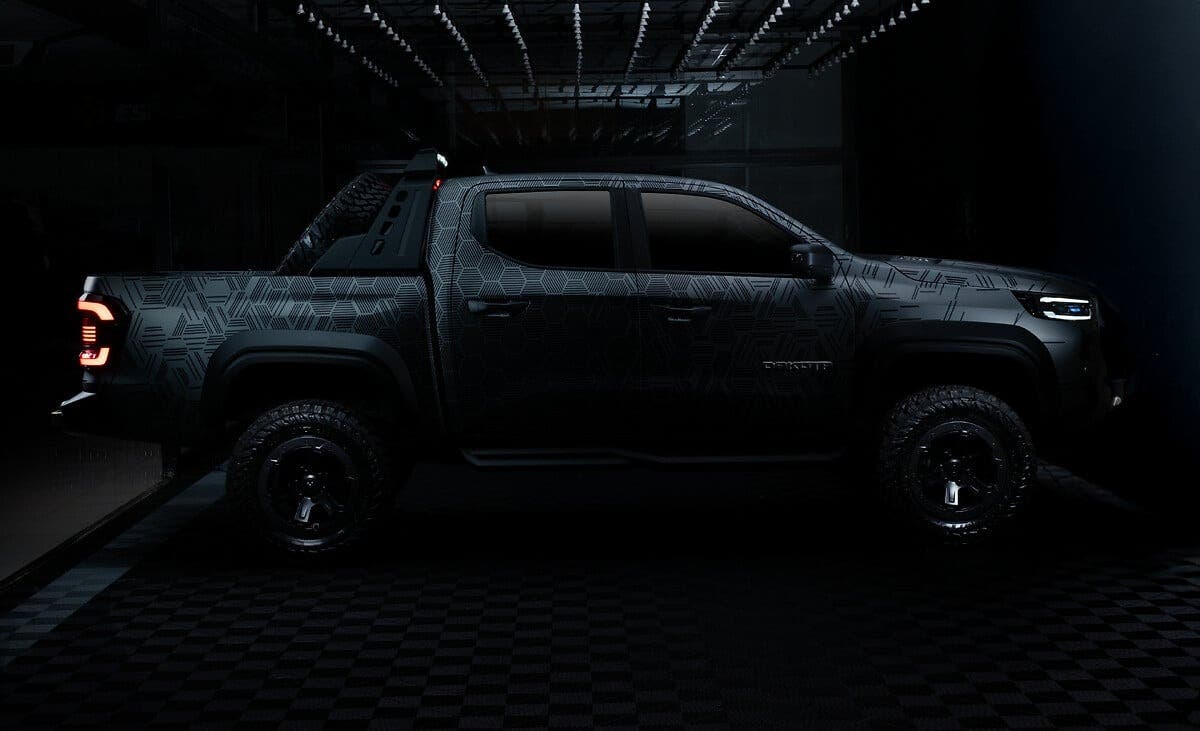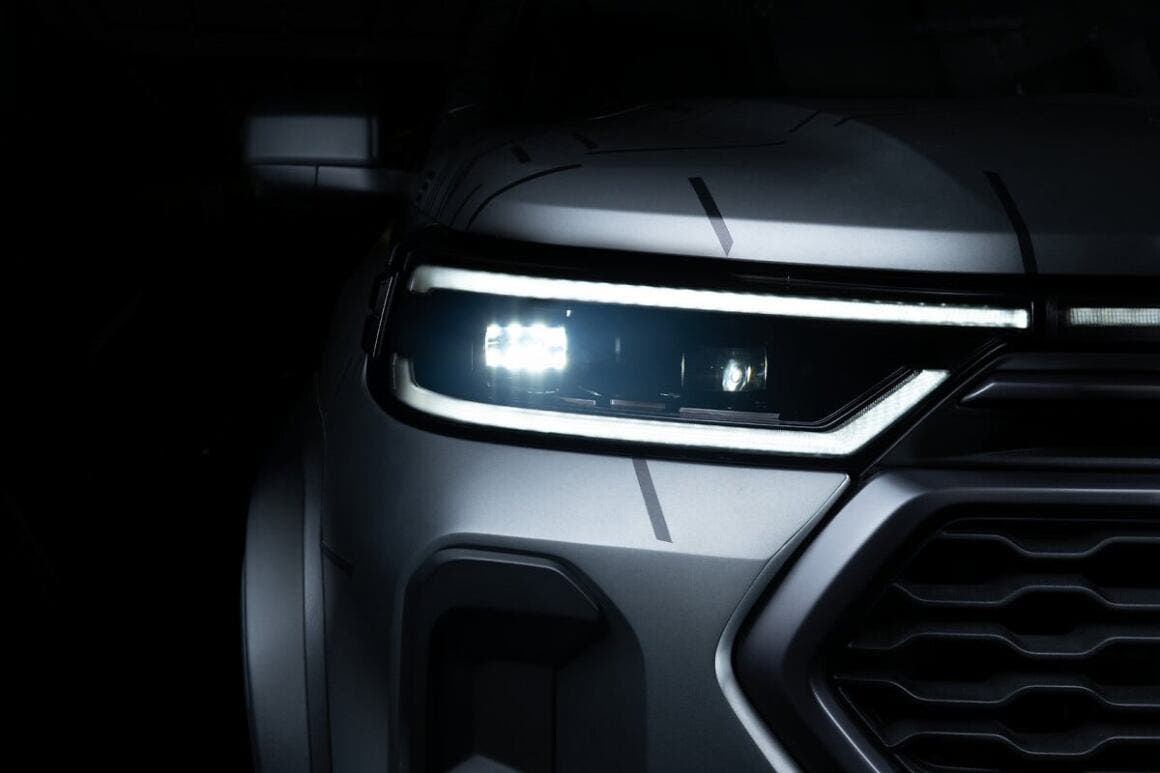For years, pickup enthusiasts have been waiting for the return of a midsize Ram model. That confirmation has finally arrived from Stellantis CEO Antonio Filosa, who during the Kepler Cheuvreux Autumn Conference officially announced the debut of the new pickup for 2027. The news puts an end to years of speculation and marks a crucial step for the American brand, ready to enter an increasingly competitive and in-demand segment with a modern, versatile product that blends performance and practicality in a more compact format compared to the traditional 1500.
Ram confirms new midsize pickup for 2027: Filosa ends years of speculation

The project fills a gap left open since the Dodge Dakota was discontinued in 2011. In recent years, rumors have circulated repeatedly, but this is the first time Stellantis executives have provided a concrete date. Filosa also revealed that he recently saw not only the first sketches but also the clay model at the Detroit design center, calling it “simply stunning.” Jokingly, he even invited investors to take a look at it in person, so long as they left their phones and cameras outside, a sign of the confidence and importance Stellantis attaches to this project.
The new midsize pickup arrives at a strategic moment. After the Ram 1500 Classic was retired in October 2024, the brand’s lineup left a gap below $40,000, while full-size truck prices continue to climb. Ram CEO Tim Kuniskis confirmed that the new model will pick up where the Classic left off, positioned as the entry point into the brand without sacrificing Ram’s hallmark toughness. According to reports from MoparInsiders, the vehicle will feature a body-on-frame chassis—preferred by purists over unibody architectures, ensuring real pickup capability and positioning it as a direct rival to the Ford Ranger, Chevrolet Colorado, and Toyota Tacoma.

In the past, the Dakota struggled because its price and dimensions overlapped with the Ram 1500, leading many buyers to choose the larger model with a HEMI engine. But today, the landscape is different. With average full-size prices steadily rising, there is now space for a midsize pickup that offers affordability, capability, and a true Ram identity.
The challenge for Filosa and Kuniskis will be finding the right positioning. If the new model comes in competitively against the Ford Ranger, which starts at $33,330 and tops out at $56,070 for the Raptor, it could appeal not only to loyal Ram customers but also to new buyers looking for an accessible truck. If calibrated correctly, the new pickup won’t cannibalize sales of the 1500 but will broaden the customer base, bringing Ram back into a segment it has been absent from for far too long.
